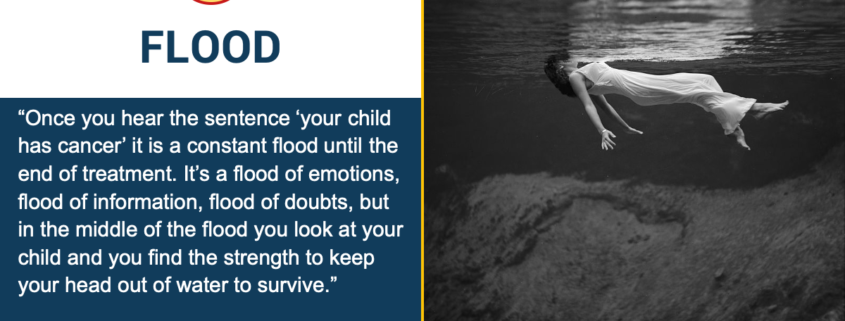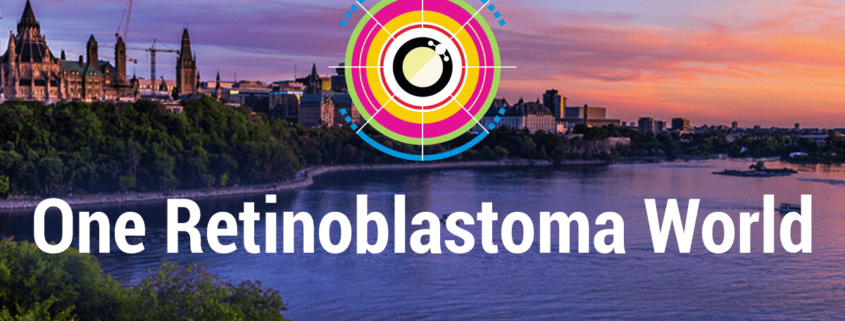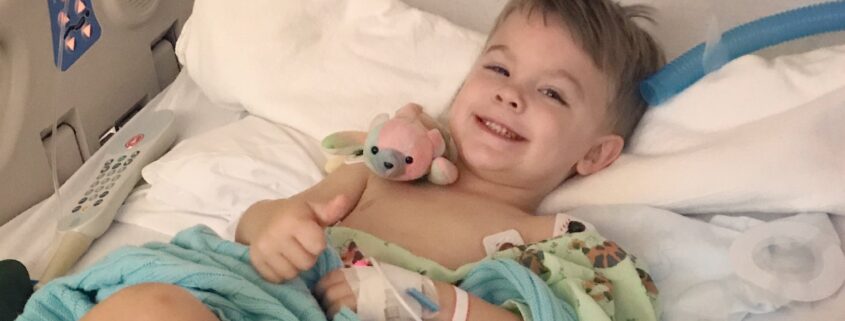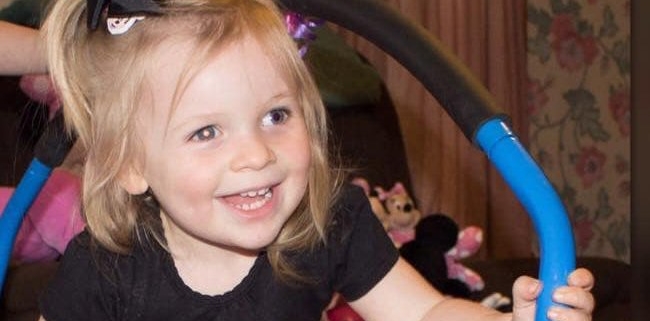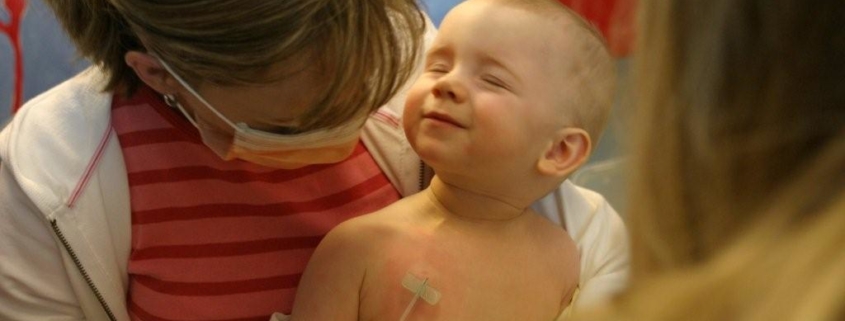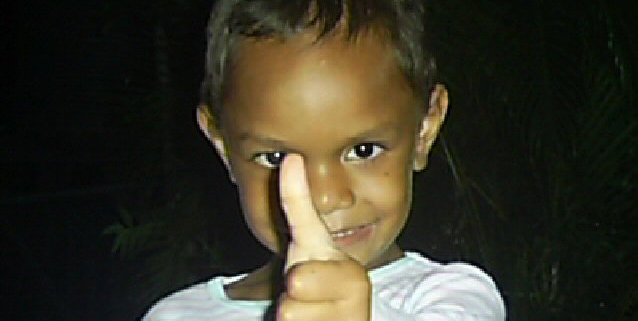Social Media Support: 10 Reasons Why Exchanging Medical Advice can be Unhelpful, and What to do Instead
When someone asks for support on social media, instincts drives us to offer hopeful solutions. But without full knowledge and understanding, we may cause more harm than help. Reviewing real interactions and their outcomes, WE C Hope CEO, Abby White, shares key points to consider when discussing retinoblastoma, and how to respond well.



